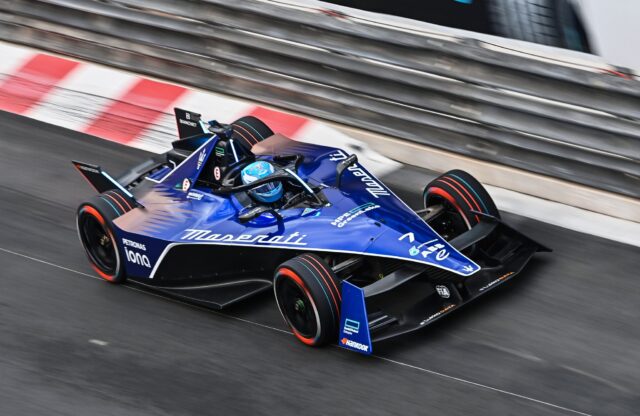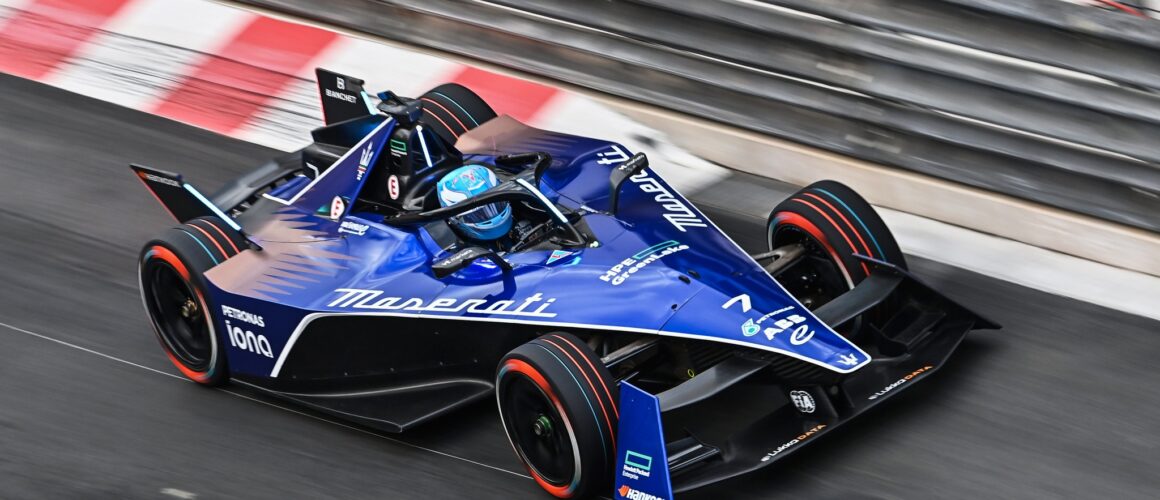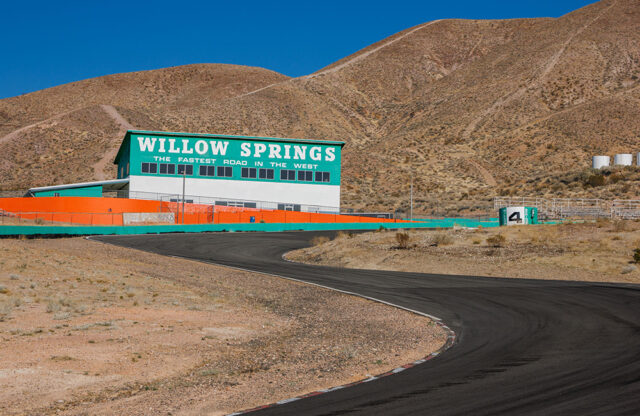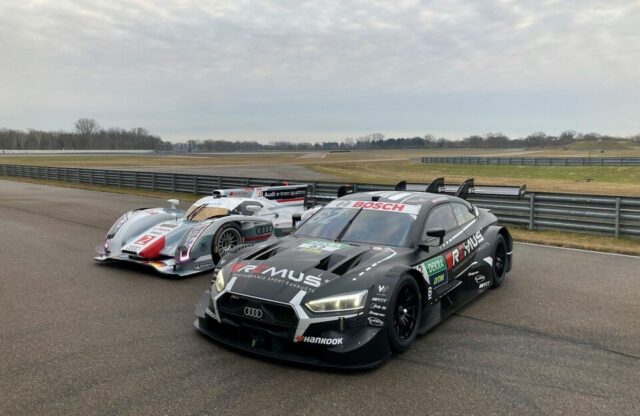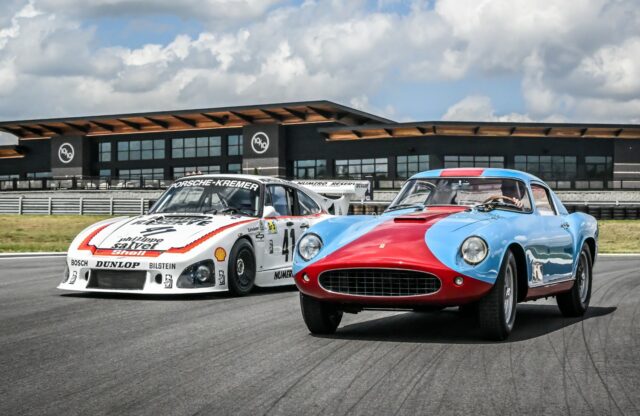Earlier this year, Maserati doubled down on its commitment to become a fully electric manufacturer. From next year the Trident will offer a full electric version of every model in its range before it bids farewell to internal combustion altogether in 2028.
For a resurgent brand that’s famed for its wailing V8s and sonorous straight-sixes, going all-in on EVs is clearly a huge gamble. Whatever your opinion on EVs, the early signs from Modena are encouraging. Magneto drove the impressive all-electric GranTurismo Folgore in prototype form back in 2023 and we’re intrigued by the prospect of a battery-powered MC20 after driving the V6 Cielo earlier this year.
So, it’s no coincidence that Maserati’s bold new strategy coincided with its entry into Formula E back in 2023. The move represented Maserati’s first foray into international motor sport since the early 2000s, when it campaigned its Enzo-based MC12 in the FIA GT Championship, winning two Constructors’ titles in the process.
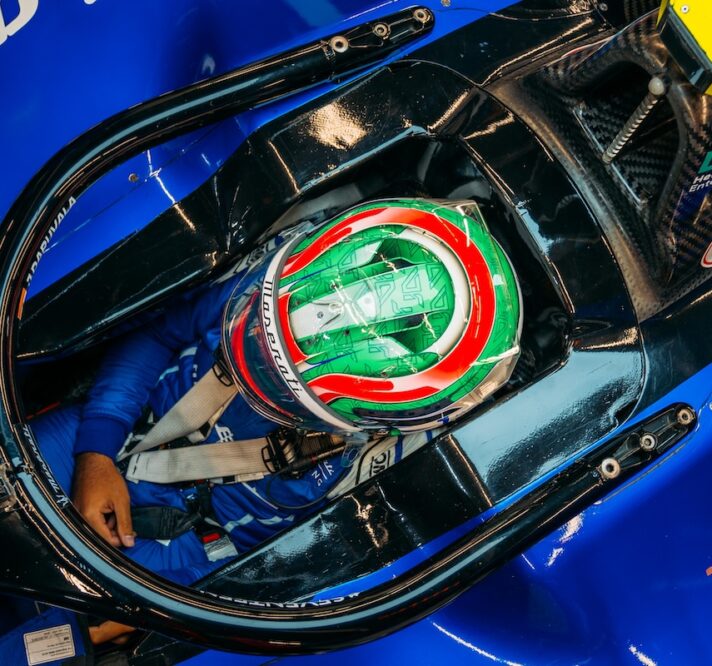
It all comes down to how quickly Maserati can implement cutting-edge Formula E innovations into its road car offerings
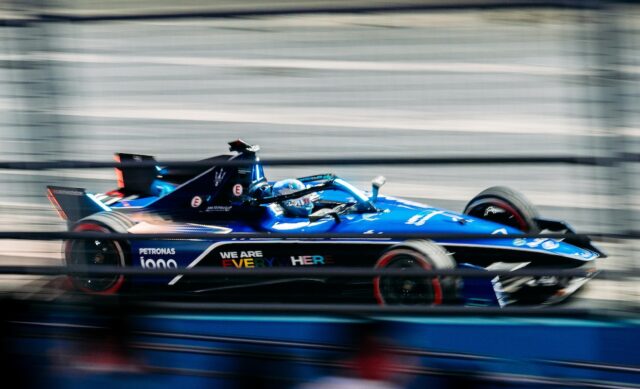
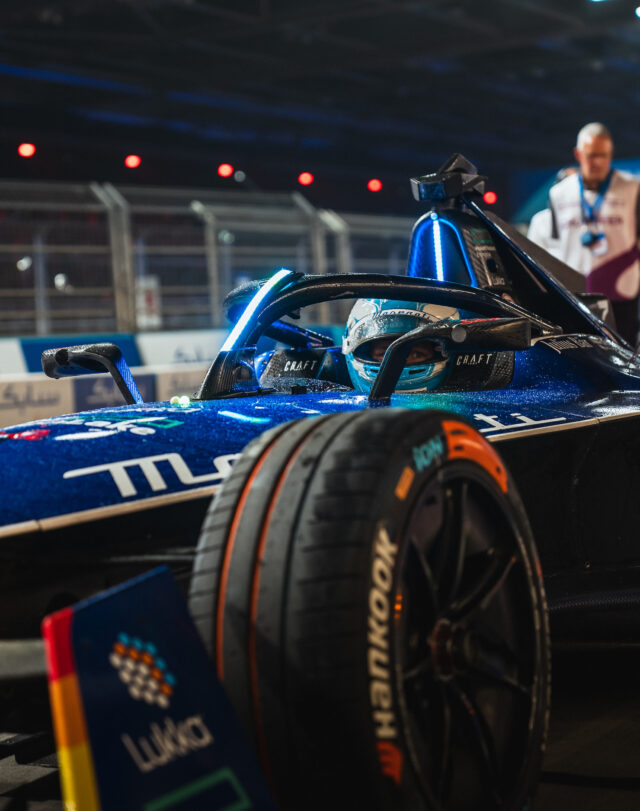
In Formula E, Maserati is competing against rival manufacturers such as Porsche, Jaguar and Cupra that are also heavily invested in electrification. Victory translates into far more than silverware and brand prestige; the real prize lies in the accelerated development of BEV technologies in the crucible of competition. For an electric car manufacturer, transferring these motor sport-borne technologies into road cars could prove to be a crucial differentiator.
“Our all-electric Folgore range draws direct inspiration from Formula E,” explained Giovanni Sgro, head of Maserati Corse, during an interview at Formula E’s season finale in London. “It was always a natural choice for us to be in Formula E. It allows us to do two things: one is to underline our heritage, which was born on track and we’ve won many championship categories. The other is the technology transfer.”
Technology transfer from motor sport to road cars is nothing new. Many of the innovations of modern road cars, such as monocoque chassis, seamless shift transmissions, active aerodynamics, active suspension and hot-V engines were all pioneered in Formula 1. It all comes down to how quickly Maserati can implement cutting-edge Formula E innovations into its road cars.
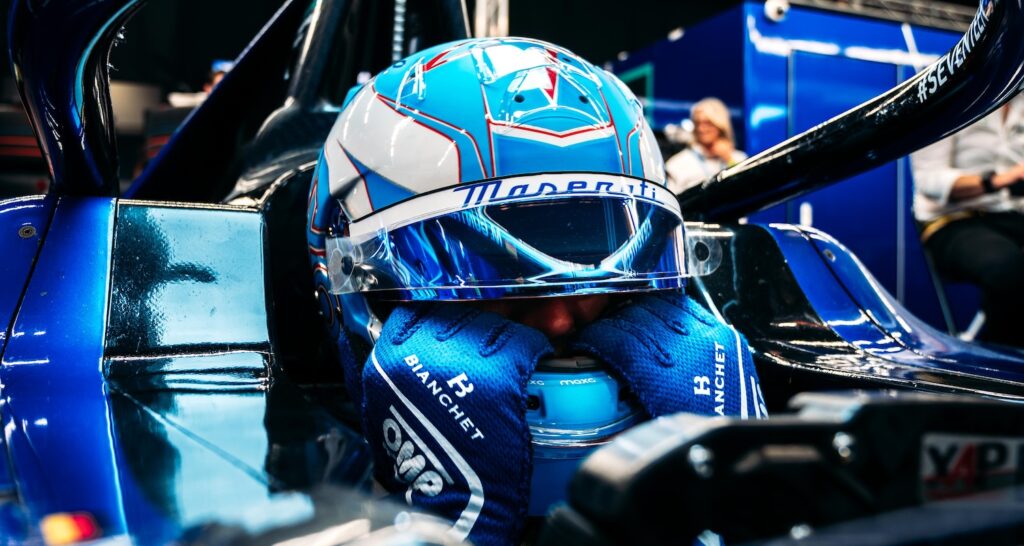
“It’s not like whatever you learn on one track will go immediately into a road car, but it is a progression,” Giovanni explains. “Over the last two years we’ve had to learn how to maximise the energy output of the batteries and we’ve also had to learn from the drivers who race these cars at such a high level. So, there’s a software and technology element but also a human element that we can use to extract data from and I think that’s fascinating.
“From a software perspective you can adjust the energy consumption of the battery, the regenerative braking and the general performance of the car and we can then use all of these to make improvements to our Folgore line-up. As I said, it’s not immediate, but after two years you have enough data to really make an impact and it’s already having an effect.”
Giovanni also believes that Formula E provides a brilliant platform to demonstrate that electric vehicles can match the passion and excitement traditionally associated with their piston-driven counterparts. For a brand as iconic and steeped in history as Maserati, this is essential if its switch to EVs is to be a success.
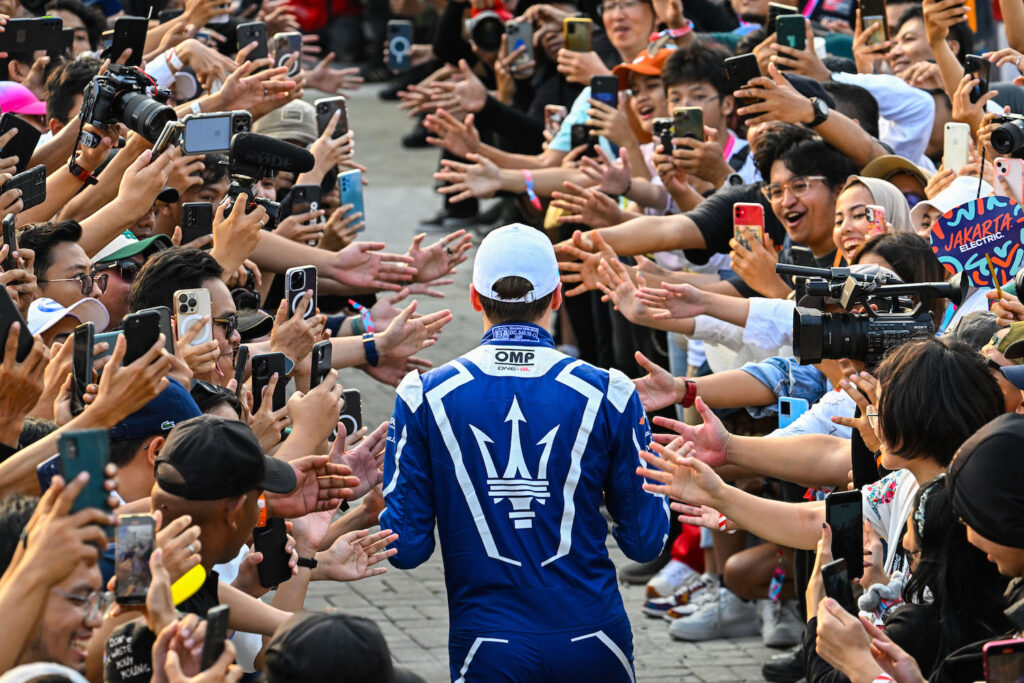
“Once you watch a race and see the calibre of the drivers, the speed and acceleration of these cars, the competitiveness between the teams and the fact there’s a different winner at every race, as a motor sport fan, you’re immediately drawn into it. People compare Formula E to Formula 1 but they’re two completely different sports and I think it’s not just about noise, it’s about power.
“This is a championship that’s going to continue to grow and what’s really interesting is that it attracts two very different kinds of fans. One is the traditional motor sport fan that loves the competition and the other loves the innovation and technology aspect, and is fascinated by what they will drive in the future and how Formula E will influence it.”
Current Gen3 Formula E cars were introduced for the 2022-2023 season and feature a dual electric motor setup with a 350kW motor driving the rear wheels while a 250kW front motor is used for regenerative braking. Power is still some way short of Formula 1 at up to 470bhp in Qualifying Mode but that still allows 0-60mph to be reached in under two seconds and a top speed of 200mph.
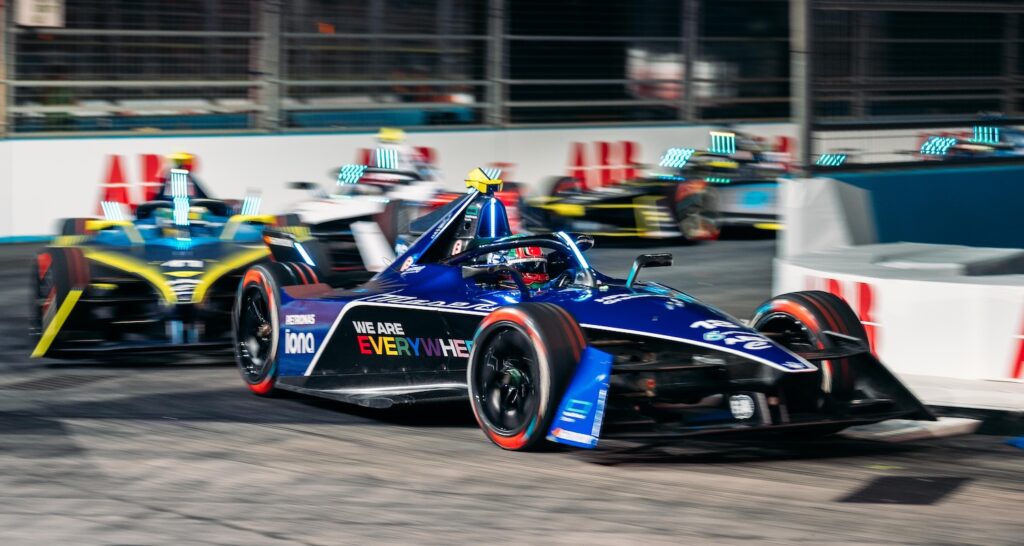
In 2027 Formula E will introduce Gen4, which will move things on significantly with four-wheel drive and a power output of 600kW or just over 800bhp. It’s rumoured that Gen4 will also see rapid charging introduced during pitstops, allowing the cars to race longer and faster.
Interestingly, the Gran Turismo Folgore already boasts four-wheel drive and develops 750bhp from its three electric motors – so it already bears several similarities to the next generation of Formula E racers. It’s not farfetched to imagine that a Formula E powertrain could be transplanted directly into a Maserati road car.
In fact, Maserati’s French rival, DS, has already built a Formula E-powered road car in the form of its E-Tense Concept, although it doesn’t seem likely to ever make it to production. For now, Giovanni is keeping his cards close to his chest: “I think you can certainly replicate some things from the Formula E car but I’ll leave it to the engineers to decide what we can and can’t do.”
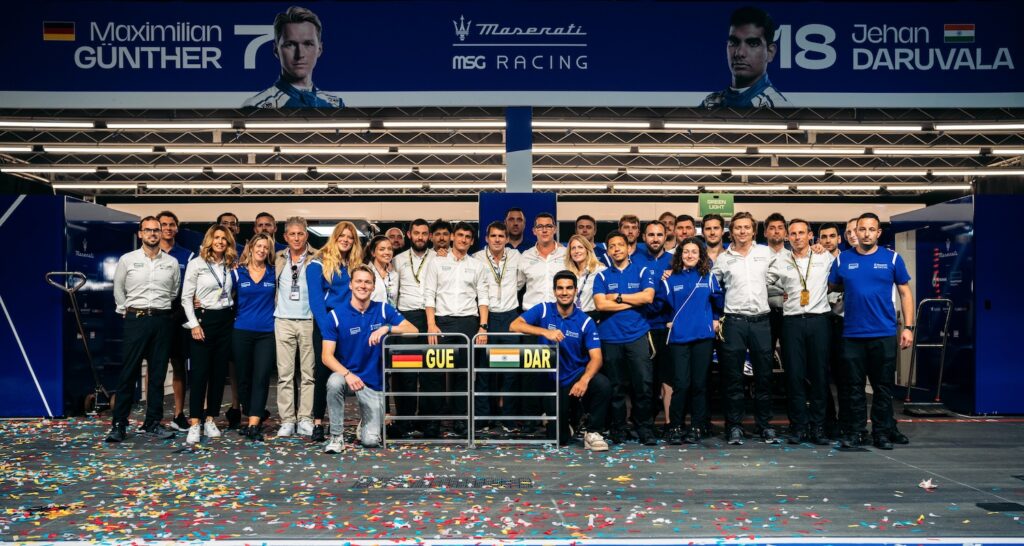
For now, Giovanni is hoping Maserati can build on what has been a solid second season in the sport. “If we keep on the same trajectory, there’s going to be an absolute improvement in performance because we had such a challenging season last year but we turned it around after Max Gunther had his podium in Berlin.
“This year we kept that momentum and we’ve had 12 top ten finishes between the two drivers, including a victory in Tokyo and a P3 finish in our home race at Misano. I’m extremely optimistic that we have a strong team, lots of positive energy and great talent, so I’m looking forward to our third season.”
Here’s hoping Maserati’s progress in Formula E continues to mirror the brand’s broader renaissance so that it can reclaim its position as one of the greatest Italian marques in motor sport.
